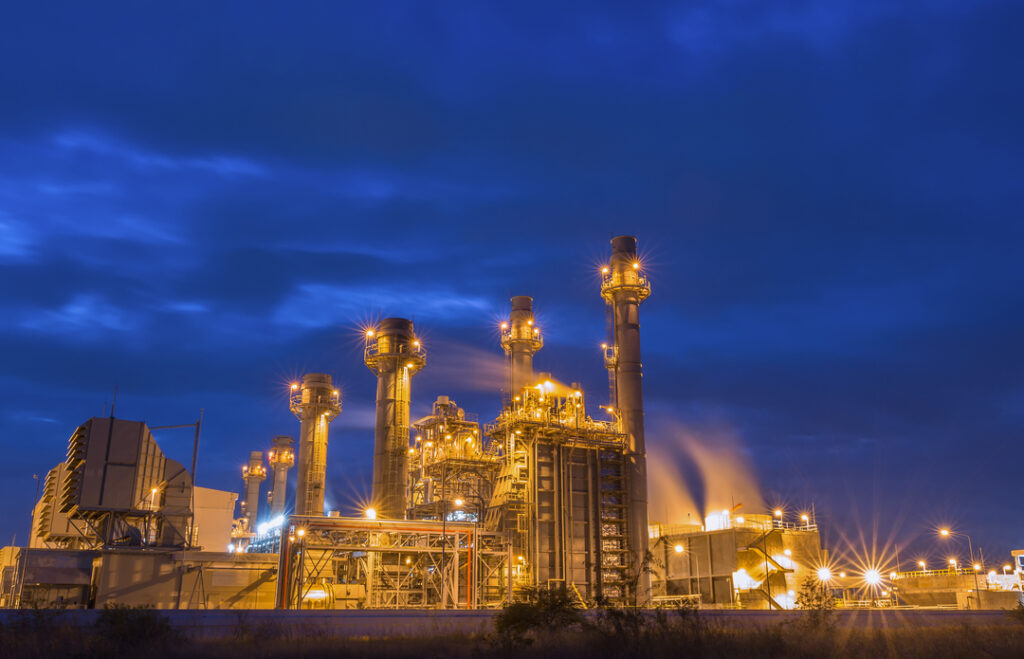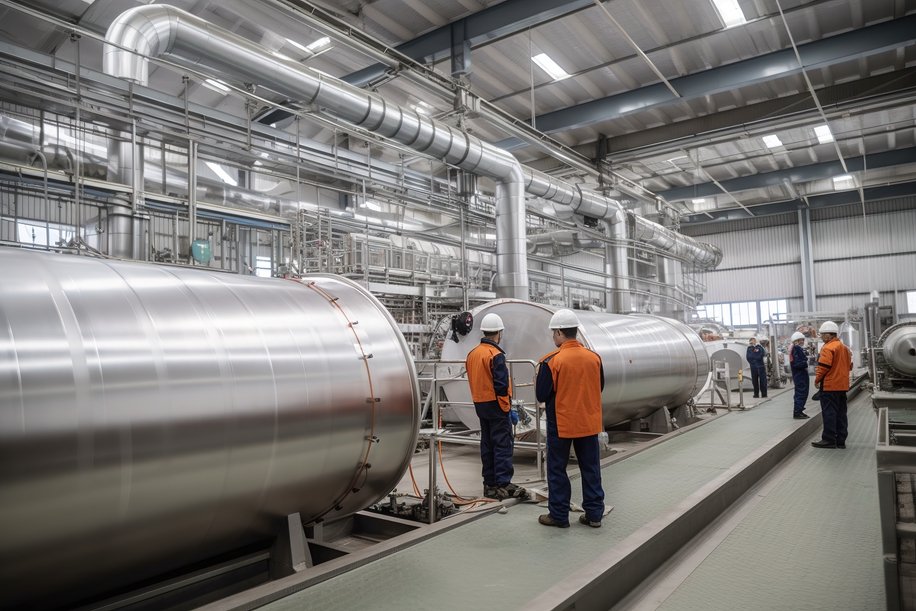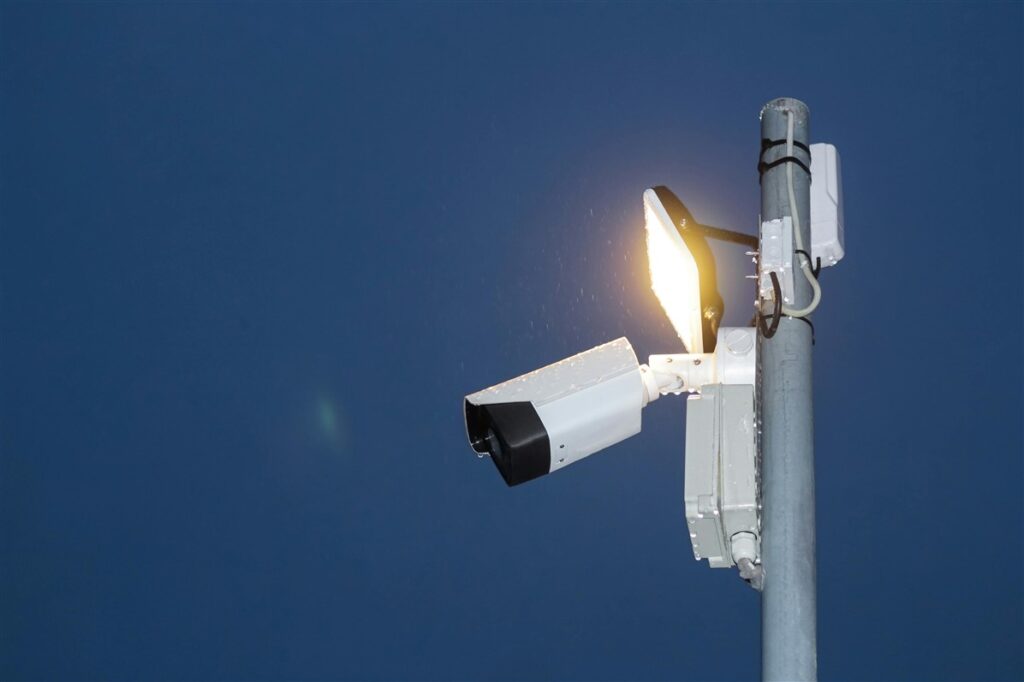Emergency lighting legislation explained
Everyone is familiar with the emergency lighting illuminated running man signs that sit above doors and exits in commercial properties. And we all know they aren’t there for decorative purposes – they’re there to guide people to safety in an emergency evacuation.
But it’s not a case of simply sticking a few running man signs up “just in case” they’re needed. Businesses are legally required to do everything possible to minimise risks to staff, visitors and customers in the event of a fire or emergency. And part of that requirement is ensuring adequate emergency lighting throughout the premises.
What legislation do you need to be aware of?
Various directives, guidelines, and regulations cover lighting and electrical installations, emergency lighting, and fire safety. Here are the key directives you need to be aware of.
The Building Regulations: Among other things, these regulations set out the minimum requirements for the design, installation, and maintenance of emergency lighting systems in all types of buildings, including commercial, industrial, and residential properties.
The British Standards (BS 5266 and BS EN 50172): These standards set out the requirements for emergency lighting in commercial premises. They specify the minimum requirements based on the size, type and usage of the premises. Lighting manufacturers, suppliers, inspectors, health and safety officers, and fire safety officers should familiarise themselves with these standards.
Health and Safety at Work Act: As part of the health and safety at work act, employers must ensure the workplace has suitable and sufficient lighting and that suitable and sufficient emergency lighting is provided where needed.
The Regulatory Reform (Fire Safety) Order 2005: This covers fire safety in non-domestic pr emises and requires the fire alarm and emergency lighting systems to be properly designed, installed, and maintained. One key stipulation is that emergency routes and exits requiring illumination must be provided with emergency lighting of adequate intensity in the case of failure of normal lighting.
Lighting conformity: All emergency luminaires must be engineered to the correct standard, so lighting manufacturers must comply with the relevant European Union directives, including the Low Voltage Directive and the EMC Directive. Look for lighting products that carry the CE Mark.
Failure to comply with the laws around emergency lighting can have serious consequences, including fines of hundreds of thousands of pounds, your business being forcibly closed, and in some cases, prison sentences.

Ensuring your emergency lighting is compliant
When installing emergency lighting, you should work with an electrical contractor, such as AES, that understands the regulations and can ensure complete compliance. As a guideline, here are some of the key things that must be considered:
Location: The purpose of emergency lighting is to guide people to safety should normal lighting fail. All exits and fire exit signs must be illuminated and exit routes clearly lit. Particular attention should be paid to stairways, obstructions and changes in direction. If any exit points lead to external areas (such as a car park), these must also be adequately lit to enable people to safely move away from the building.
Visibility: In the event of a fire, there is a risk of smoke reducing the light levels. To combat this problem and prevent glare, emergency lighting should be mounted at a reasonable height and be of adequate brightness.
Power source: Emergency lighting should have an alternative power source in case your main power supply fails. Some emergency lighting is connected to a battery source, and other emergency lighting systems have an emergency generator or UPS. The right solution for you will depend on a number of factors.
Timing: Emergency lighting must reach adequate brightness within five seconds of the failure of the main lighting system. Your battery or generator should be able to run your emergency lighting for a minimum of three hours to ensure it will remain active for as long as the danger exists or until normal lighting resumes.
Testing and servicing your emergency lighting
You are required to test the functionality of your emergency lighting every month. This can be carried out by a member of your team or an electrician or electrical contractor.
You do not have to test the entire system, but it is recommended that you test different lamps each month. Most emergency lighting systems enable you to do this. You should record all tests and report any faults to your dedicated “responsible person” so they can be rectified.
As well as monthly tests, you must carry out an annual full-duration test. This involves running your emergency lights for a minimum of three hours without using your primary power supply. This is to ensure your emergency lighting system would work as required in a real emergency situation.
Any competent person can carry out your annual emergency lighting test, but it is recommended that you get this done by a trained fire safety officer or qualified electrical contractor to ensure compliance.
Specialist electrical contracting services for manufacturers
AES offers all the electrical contracting services you would expect, coupled with specialist services specifically for manufacturing businesses.
We can design, install, test, service and maintain all aspects of your emergency lighting. Whether you need support with a new factory build or need to upgrade your existing emergency lighting system, our expert team will ensure you are fully compliant with all relevant legislation.
Our industry accreditations include NICEIC, CHAS, SafeContractor, IPAF and PASMA, and we are CompEx accredited, which means we can work in ATEX areas.
Contact us if you have any questions or concerns about your emergency lighting systems or want to find out how we can support you.

Our guide to building energy management systems
Building energy management systems (BEMS) are systems that allow you to monitor, control, and optimise the energy used within your building. The phrase building energy management system (BEMS) is often used interchangeably with the phrase building management system (BMS), but there are some differences. A BEMS is focused on energy-related systems such as lighting, heating, […]
Read more
How far does power travel and what impact does distance have on performance
It’s easy to take our electricity supply for granted. We flick a switch and instantly have light or power. We don’t even think about it unless there’s an issue or an outage. But when there is an issue or outage, the impact can be significant. For manufacturers, even the smallest change in power can make […]
Read more
Why visibility of the production process is so important
Operational excellence, efficiency and quality are top priorities for almost every manufacturer worldwide. These things lead to improved productivity, happier customers and reduced waste – all of which result in increased profits. Visibility of the production process is the key to achieving these things. And manufacturers now have access to technology that can provide real-time […]
Read more
Will security lighting help to protect my staff?
Looking after the safety and well-being of employees should be a priority for any business. And while it’s not possible to mitigate every risk, there are measures you can take to improve their safety and security. One measure that is often overlooked is the installation of security lighting. When daylight disappears, visibility is reduced, increasing […]
Read more
Top 5 considerations when comparing electrical quotes
Budget is always a factor when you’re considering any type of upgrade, revamp, or maintenance work within your factory. But when it comes to electrical work, you have to consider more than just money. Don’t rush into accepting the cheapest electrical quotes without knowing exactly what you’re getting. Electrical work is not an area where […]
Read more
What is the role of companies in reducing our carbon footprint?
We should all be taking responsibility for protecting our planet and a big part of that is reducing our carbon footprint. But while it falls to all of us to do our bit, there is additional pressure on manufacturers, especially those with high carbon emissions. As an absolute minimum, these companies should ensure compliance with […]
Read more

